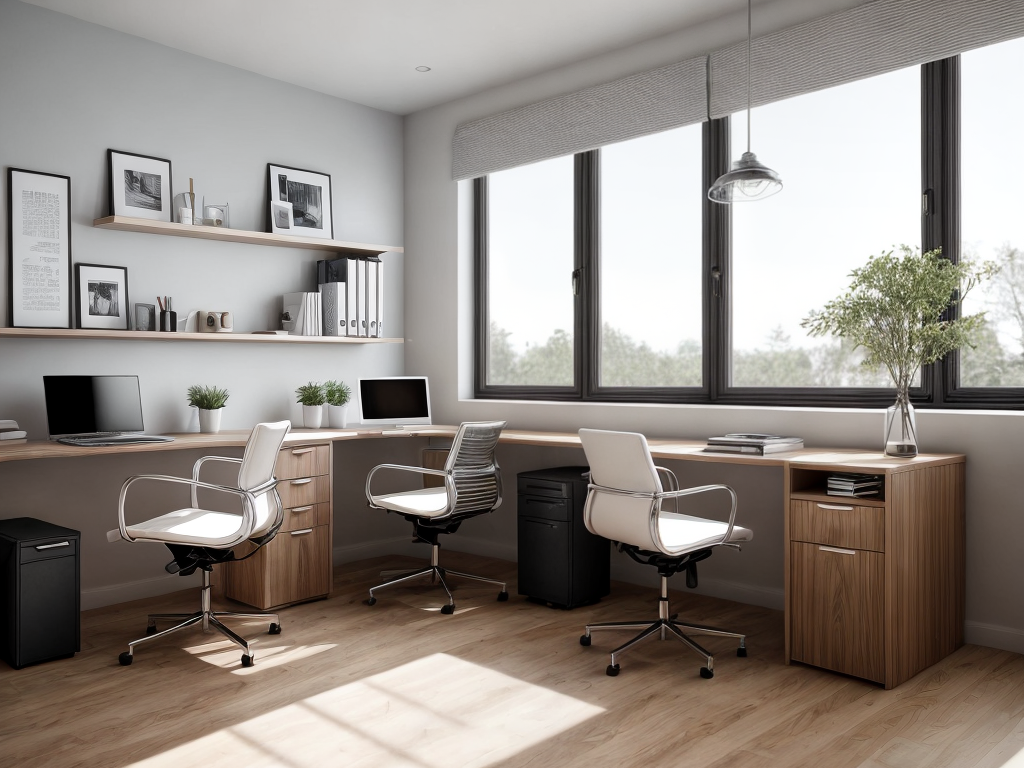
Did you know that according to a recent study, the average child spends about 70% of their time indoors? With so much time spent at home, it’s crucial to create a space that is not only comfortable for the whole family, but also safe and functional for your little ones. In this discussion, we will explore some key kid-friendly home design tips that will help you create a space that promotes both play and peace of mind. From choosing the right furniture to implementing safety measures, we will cover it all. So, let’s dive in and discover how you can transform your home into a haven for your children.
Furniture Selection
When selecting furniture for a kid-friendly home, it is important to prioritize durability and safety. Kids can be rough on furniture, so it’s essential to choose pieces that can withstand their active play and occasional accidents. Look for furniture made from sturdy materials like solid wood or metal, as these are less likely to break or tip over. Avoid furniture with sharp edges or small parts that could pose a risk of injury.
Another important consideration is furniture placement. Arrange the furniture in a way that allows for easy movement and minimizes the risk of accidents. Keep pathways clear and make sure there is enough space for kids to play without bumping into furniture. Consider using furniture with built-in storage options, such as ottomans with hidden compartments or bookshelves with bins, to help keep toys and other items organized.
In terms of color schemes, opt for furniture with neutral or forgiving colors. Bold or light-colored furniture may show stains and dirt more easily, requiring frequent cleaning. If you prefer brighter or patterned furniture, consider using washable slipcovers or fabrics that are easy to clean. This way, you can maintain a clean and fresh look in your kid-friendly home without worrying too much about stains and spills.
Flooring and Wall Coverings
Now let’s shift our focus to the flooring and wall coverings of a kid-friendly home, considering options that are both durable and safe. When it comes to flooring, choosing sustainable materials is not only environmentally friendly but also beneficial for your children’s health. Opt for hardwood or bamboo floors that are easy to clean and resistant to scratches and spills. These materials are also less likely to trap allergens, ensuring a healthier living space for your family.
In terms of wall coverings, color psychology plays an important role in creating a kid-friendly environment. Bright and vibrant colors such as yellows, oranges, and blues can stimulate creativity and energy in children, while softer pastel shades promote a calming and soothing atmosphere. Consider using washable and durable paint or wallpaper that can withstand the wear and tear caused by little hands and sticky fingers.
To add an extra layer of protection, you can also consider using wainscoting or chair railings on your walls. Not only do they provide a decorative touch, but they also act as a barrier against scuff marks and scratches. Additionally, you can hang framed artwork or photographs at a child-friendly height to create a personalized and engaging space.
Storage and Organization
Let’s now explore the important aspect of storage and organization in creating a kid-friendly home. When it comes to closet organization, it’s essential to have a system in place that is easy for children to understand and maintain. One way to achieve this is by using labeled bins or baskets to categorize different types of toys or clothing items. This not only makes it easier for kids to find what they need but also encourages them to put things back in their designated spots.
Another great storage solution for kids is the use of shelves and cubbies. These provide a place for books, toys, and other items to be neatly displayed and easily accessible. Additionally, incorporating a toy storage chest or ottoman can help keep the living area clutter-free while providing a designated space for toys to be stored when not in use.
To help you visualize these storage and organization ideas, here’s a handy table:
| Storage Solution | Benefits | Examples |
|---|---|---|
| Labeled Bins | Easy to find and put away items | Toy bins, clothing baskets |
| Shelves and Cubbies | Neatly display and access items | Bookshelves, cubby storage units |
| Toy Storage Chest | Keeps living area clutter-free | Ottoman with hidden storage, toy chest |
Safety Measures
As we consider the important topic of safety measures, it is crucial to ensure that our kid-friendly home design prioritizes the well-being and security of our children. Childproofing techniques play a vital role in creating a safe environment for our little ones. Start by installing safety gates at the top and bottom of stairs to prevent falls. Cover electrical outlets with outlet covers to prevent electrical shocks. Use cabinet locks and drawer latches to keep harmful substances and sharp objects out of reach. Anchor heavy furniture, such as bookshelves and dressers, to the walls to prevent tipping accidents. Additionally, it is essential to have safe electrical installations in our homes. Make sure all electrical cords are securely fastened and out of reach. Use cord covers to prevent tripping hazards. Consider installing tamper-resistant outlets to prevent children from inserting objects into them. It is also important to teach our children about electrical safety and the dangers of playing with electrical cords or appliances. By implementing these childproofing techniques and safe electrical installations, we can create a secure and kid-friendly home environment for our children.
Creating Play Areas
How can we create engaging play areas in our kid-friendly home design? When it comes to indoor activities, it’s important to create designated spaces that encourage active play and stimulate a child’s imagination. One way to achieve this is by designating a specific room or area as a playroom, filled with toys, books, and art supplies. This dedicated space allows children to freely explore and indulge in their interests without cluttering up the rest of the house.
In addition to indoor play areas, outdoor play spaces are also crucial in creating a kid-friendly home design. This could include a backyard with a swing set, sandbox, or trampoline. Creating a safe and secure outdoor area allows children to engage in physical activities, enjoy fresh air, and develop their motor skills.
When designing play areas, it’s important to consider the age and interests of your children. For younger kids, you may want to incorporate soft play mats or foam tiles to ensure their safety. For older children, you can include more interactive elements such as climbing walls or mini basketball hoops.





